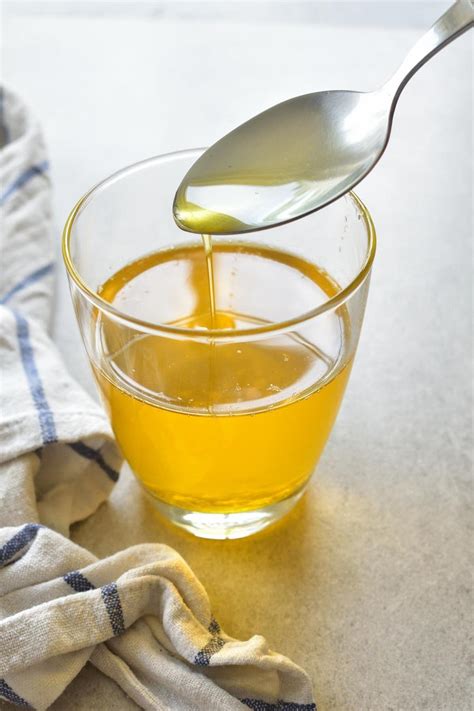How to Clarify Butter: A Simple Guide for Cooking Enthusiasts
Clarified butter, also known as ghee (although ghee has slight differences in production), is a staple in many kitchens. It's butter with the milk solids and water removed, resulting in a product with a higher smoke point, making it ideal for high-heat cooking. This guide will walk you through the simple process of clarifying butter at home.
Why Clarify Butter?
Higher Smoke Point: Clarified butter boasts a much higher smoke point than regular butter (around 450°F compared to 302°F). This means it's less likely to burn or impart a burnt flavor to your food when sautéing, roasting, or frying at high temperatures.
Rich Flavor: While removing the milk solids, you're left with pure butterfat, resulting in a richer, nuttier flavor that enhances the taste of your dishes.
Longer Shelf Life: Without the water and milk solids that contribute to spoilage, clarified butter lasts significantly longer than regular butter, even at room temperature.
Dairy-Free Options: Clarified butter, while still derived from butter, is often better tolerated by individuals who are slightly lactose intolerant than regular butter, however it is important to note that it is not suitable for those who have a severe dairy allergy.
How to Clarify Butter: A Step-by-Step Guide
This method is straightforward and requires minimal equipment.
What you'll need:
- 1 pound (4 sticks) unsalted butter, cut into cubes
- Medium saucepan
- Fine-mesh sieve or cheesecloth
- Heat-resistant bowl or jar for storage
Instructions:
-
Gentle Melt: Place the cubed butter in the saucepan over low heat. Do not rush this process; low and slow is key to prevent burning. Stir occasionally as the butter melts.
-
Separate the Layers: As the butter melts, you'll see three distinct layers forming: the milk solids (at the bottom), the clarified butter (in the middle), and the foam (at the top).
-
Simmer: Once all the butter is melted, continue to cook on low heat for about 5-10 minutes. The foam will subside, and the milk solids will settle at the bottom of the pan. It's crucial to avoid browning the milk solids; this can impact the flavor of your clarified butter.
-
Strain: Carefully pour the clarified butter through a fine-mesh sieve lined with cheesecloth into a heat-resistant bowl or jar. This removes any remaining milk solids. Avoid pouring the very bottom sediment.
-
Cool and Store: Let the clarified butter cool completely before storing it in an airtight container in the refrigerator. It can also be stored at room temperature for several weeks due to its extended shelf life.
Tips and Tricks for Perfect Clarified Butter
-
Unsalted Butter is Best: Using unsalted butter gives you control over the saltiness of your final product.
-
Low and Slow: Patience is key. Low heat prevents burning and ensures the milk solids settle properly.
-
Don't Overheat: Avoid browning the milk solids; this will affect the flavor.
-
Proper Storage: Store in an airtight container in the refrigerator to maintain freshness and quality.
Using Clarified Butter
Clarified butter's high smoke point makes it perfect for:
- Sautéing: Add depth of flavor to your vegetables and proteins.
- Roasting: Achieve crispy skin on poultry and other roasted meats.
- Frying: Use it for shallow or deep frying, avoiding that burnt butter taste.
- Baking: Substitute it for regular butter in some recipes for a richer flavor.
Mastering the art of clarifying butter opens up a world of culinary possibilities. Follow these steps, and you'll be enjoying the benefits of this versatile cooking ingredient in no time!
